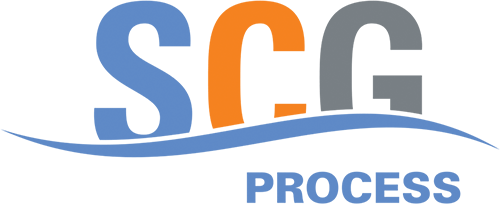Installing a new industrial pump just gets more technically complicated and expensive. It’s a necessary part of life for many companies, but something they would prefer to avoid until it is absolutely necessary and proven to be cost effective for the long run. Therefore it makes sense, and reduces operational costs as well, for firms to extend an industrial pump’s life and take a proactive approach toward parts and maintenance.
Financial Advantages of Extended Industrial Pump Life Cycles
Industrial grade pumps are used everywhere – Mining, pulp and paper, agriculture, mechanical industries, factories, mills, municipal water and wastewater systems, chemical industries, petrochemical industries , even food processing. Pump systems can only work to peak capacity (BEP) (Best Efficiency Point) when they are selected properly and then monitored and serviced effectively. Extending a pump’s life cycle is simply a matter of doing what it takes to achieve proper return on investment.
Pumps can account for 25-50% of the energy consumed in a business operation. 30-50% of the energy consumed by them can be saved by simply ensuring routine inspections and servicing are carried out.
Proper maintenance and effective reliability centred maintenance (RCM) also helps extend life cycles by minimizing stress on drive shafts, hydraulic systems and individual parts.
Eliminating Installation and Start-Up Costs
Extending the life spans of industrial pumps results in fewer pump failures. This means companies benefit from not spending big money on new pumps, which requires extensive employee training and a significant learning curve throughout the organization. In addition, new pumps mean significant costs in analysis, measurement and administration.
Some Tips for Proper Pump Operation, Safety and Extended Life
- Never delay a scheduled service because “things are going well” or because there is time pressure from a project or client. A malfunction or failure will create bigger, more expensive problems.
- Production managers and technical personnel must have comprehensive understanding of a pump so its design, setup, energy, materials and operation all complement each other. Ideally, The pump should be selected to operate at the BEP (Best Efficiency Point). This is required in the initial design of the pumping system.
- Undertake a professional Life Cycle Cost analysis.
- Install the best oil cooling and filtering system. Cleaner oil that operates at reduced temperatures will extend bearing life and also result in fewer oil changes (and the downtime that goes with them).
- Regular third-party inspection for leaks, fouling, cracks, pipe support problems and valve failure (especially pressure relief valves).
- Centrifugal pumps – Ensure bearings are chosen carefully to ensure optimal life span and performance. Advanced heat treatments will also extend bearing life and reduce wear.
- High performance angular contact ball bearings can increase pump speeds and allow longer running times while extending pump life and efficiency.
- It is vitally important to have regular scheduled bearing inspections to look for wear and tear, lubrication problems, contamination and excessive loading.
- Centrifugal pumps – Ensure the impeller is constructed from high-strength material to withstand the stresses and punishment cavitation can cause.
